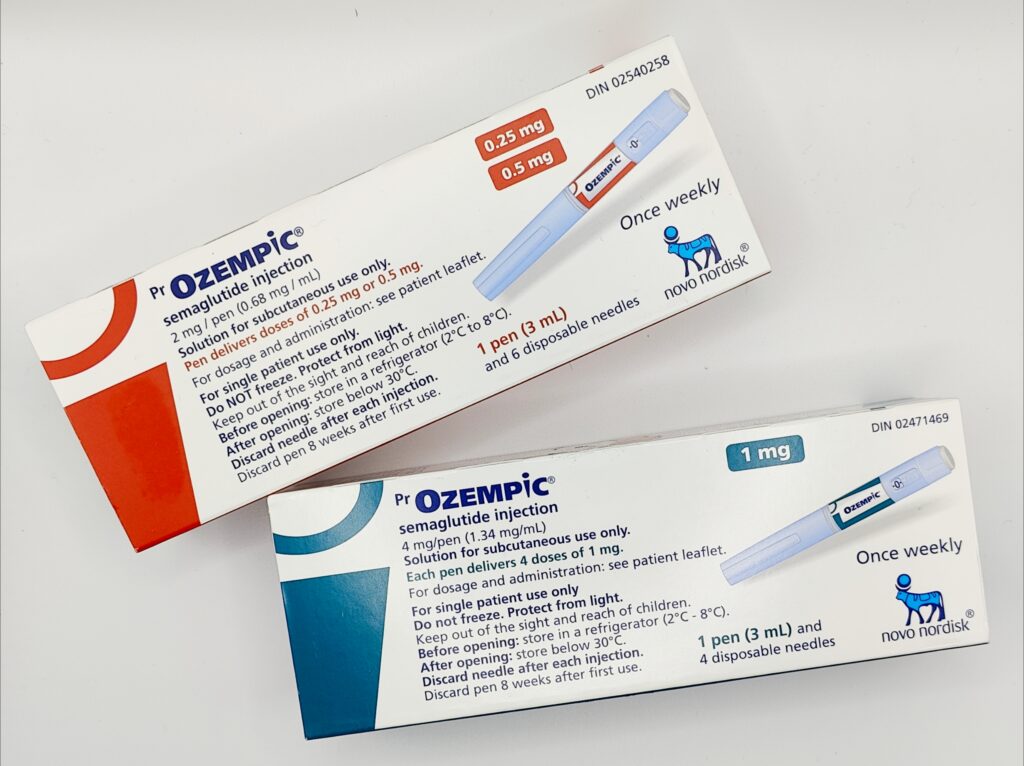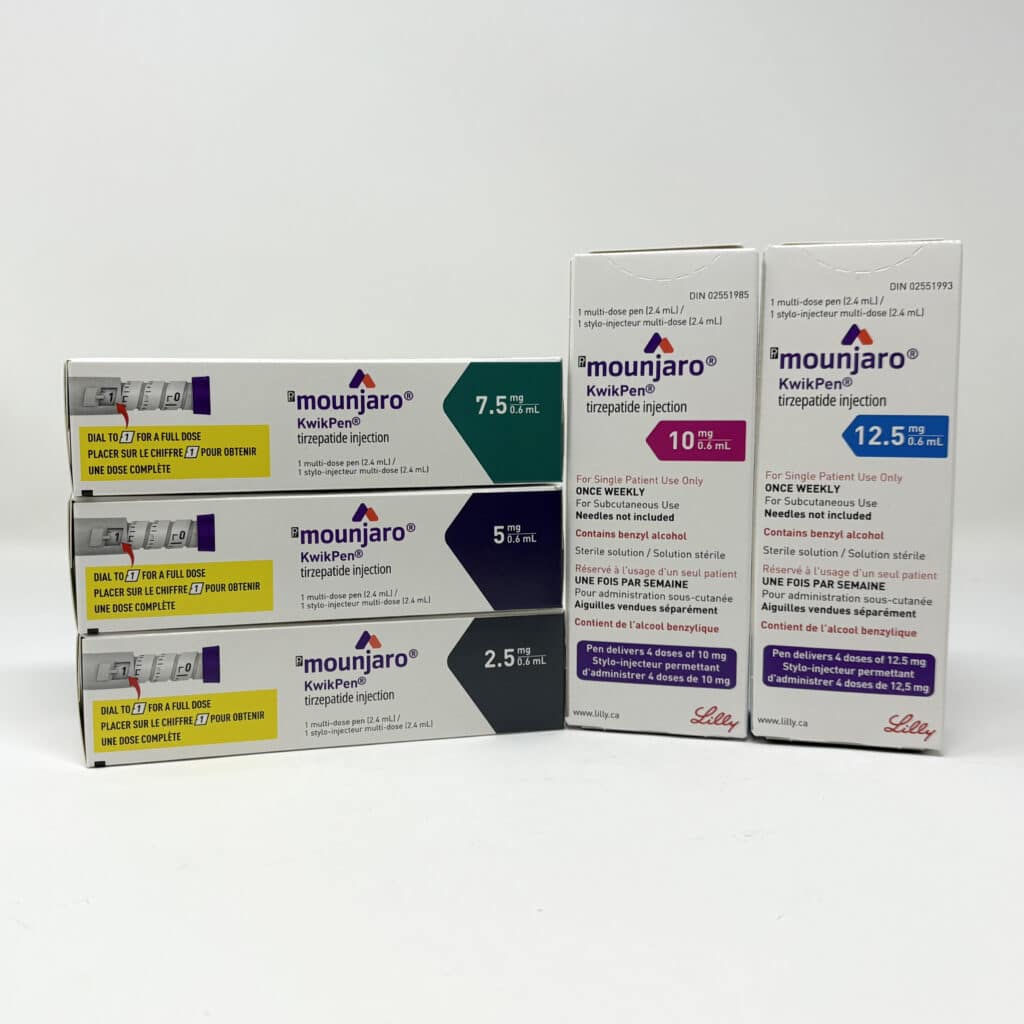GLP-1 & GIP/GLP-1 Drugs Compared: Cardiovascular Benefits, Side Effects, and How to Choose
GLP-1 & GIP/GLP-1 Drugs Compared: Cardiovascular Benefits, Side Effects, and How to Choose
GLP-1 receptor agonists—and the dual GIP/GLP-1 agent tirzepatide—have changed how we treat type 2 diabetes, obesity, and even cardiovascular and kidney risk in selected patients. If you’ve wondered which option fits your goals (A1C, weight, heart and kidney protection, dosing style), this quick tour covers the big differences and similarities—then walks through side-effect profiles and practical tips to talk over with your clinician.
Below, you’ll find a clean, patient-friendly table recreated from a professional comparison chart to help you see each medicine at a glance.
The Big Picture: What These Medicines Do
GLP-1 receptor agonists (e.g., semaglutide, liraglutide, dulaglutide, exenatide) improve insulin release when glucose is high, reduce glucagon, slow stomach emptying, and often reduce appetite—supporting A1C lowering and weight loss.
GIP/GLP-1 dual agonist (tirzepatide) engages both pathways and can deliver even larger effects for many people with type 2 diabetes or obesity.
Some products also carry U.S.-labeled benefits for cardiovascular risk reduction (and, for select agents, kidney benefit or sleep-apnea benefit). See the table for specifics.
GLP-1 & GIP/GLP-1 Comparison Table (Indications, Dosing, Outcomes)
| Generic | Brand | Primary U.S. Indication(s) | Dosing Frequency | Typical Titration | Adult Dose Range | Pediatric Dose Range / Age | Notable Outcomes per Chart |
|---|---|---|---|---|---|---|---|
| Semaglutide | Ozempic | Type 2 diabetes; CV & CKD risk reduction (U.S.) | Once weekly | Every 4 weeks | 0.25 → 2 mg | Adults 18+ | CV + kidney benefit signals/labeled in chart |
| Semaglutide | Wegovy | Overweight/obesity; CV risk reduction | Once weekly | Every 4 weeks | 0.25 → 2.4 mg | 12+ | CV benefit (per obesity indication) |
| Tirzepatide | Mounjaro | Type 2 diabetes | Once weekly | Every 4 weeks | 2.5 → 15 mg | 18+ | — |
| Tirzepatide | Zepbound | Overweight/obesity; sleep apnea in obesity (U.S.) | Once weekly | Every 4 weeks | 2.5 → 15 mg | 18+ | Sleep-apnea benefit (per chart) |
| Dulaglutide | Trulicity | Type 2 diabetes; CV risk reduction | Once weekly | After 1 week, then every 4 weeks | 0.75 → 4.5 mg | 10+ (0.75–1.5 mg) | CV benefit |
| Liraglutide | Victoza | Type 2 diabetes; CV risk reduction | Once daily | Every 1 week | 0.6 → 1.8 mg | 10+ | CV benefit |
| Liraglutide | Saxenda | Overweight/obesity | Once daily | Every 1 week | 0.6 → 3 mg | 12+ | — |
| Semaglutide (oral) | Rybelsus | Type 2 diabetes | Once daily | Every 30 days | 3–14 mg (R1); 1.5–9 mg (R2) | 18+ | — |
| Exenatide | Byetta | Type 2 diabetes | Twice daily | After 4 weeks | 5 mcg BID → 10 mcg BID | 18+ | — |
Abbreviations from the chart: CKD = chronic kidney disease; CV = cardiovascular; R1/R2 = formulations
Cardiovascular & Kidney Benefits: Who Gets Extra Protection?
Documented CV risk reduction (U.S. labeling per chart):
Ozempic (semaglutide), Victoza (liraglutide), Trulicity (dulaglutide), and Wegovy (semaglutide, obesity indication). If you live with type 2 diabetes and established cardiovascular disease—or are at high risk—your clinician may prioritize one of these agents.Kidney benefit: The chart flags Ozempic with CKD risk-reduction labeling—important if you have diabetic kidney disease or declining eGFR.
Sleep apnea benefit: Zepbound (tirzepatide) carries a U.S. indication related to obstructive sleep apnea in people with obesity—relevant if daytime fatigue, snoring, or witnessed apneas are concerns alongside weight.
Bottom line: If your goals include heart or kidney protection—not just glucose or weight—ask your prescriber whether a labeled CV/CKD agent is right for you.
Side-Effect Profiles: What Most Patients Notice (and How to Manage)
Common, usually mild–moderate (often improve over weeks):
Nausea, fullness, burping, diarrhea or constipation
Decreased appetite / early satiety
Injection-site reactions (injectables)
Less common but important:
Gallbladder issues (e.g., gallstones)
Pancreatitis symptoms (severe, persistent abdominal pain—seek care)
Worsening retinopathy has been reported in some with rapidly improving glucose—flag any sudden vision changes
Potential thyroid C-cell tumor risk (class boxed warning for many GLP-1s): avoid if you or close family have MEN2 or medullary thyroid carcinoma; discuss family history before starting
Tolerability tips:
Start low, titrate slowly (as the table’s schedules imply)
Smaller, protein-forward meals; limit rich/greasy foods during dose increases
Hydrate; consider ginger tea/crackers for nausea
If GI effects persist, ask about slowing titration or pausing at your current dose
If you take insulin or sulfonylureas, your clinician may reduce those doses when a GLP-1 is added to reduce hypoglycemia risk.
Weekly vs Daily vs Oral: Lifestyle Fit Matters
Once-weekly pens (Ozempic, Wegovy, Trulicity, Mounjaro/Zepbound): crowd-pleasers for busy schedules and predictable routines.
Once-daily injections (Victoza, Saxenda): offer fine-tuning and can be a good match when weekly GI effects are tough.
Oral option (Rybelsus): daily tablets taken on an empty stomach with specific instructions—great for needle-averse patients who can follow the timing rules.
Your preference, work schedule, travel, and comfort with injections are all fair considerations—share them with your prescriber so you land on a plan you can actually stick with.
everal products in the chart include pediatric age ranges (e.g., Victoza 10+, Trulicity 10+, Wegovy/Saxenda 12+)—but pediatric dosing and monitoring should always be supervised by a clinician experienced in youth metabolic care.
How to Talk With Your Clinician
Bring your priorities to the visit:
“I want heart/kidney protection.”
“Weekly dosing fits my life.”
“I’m hoping for weight loss and fewer after-meal spikes.”
“I prefer tablets over injections.”
Match those goals to the outcome labels and dosing styles in the table, then co-create a plan that balances benefits, side effects, and cost.
Considering Cost? (Optional) Canadian Referral Services
If U.S. out-of-pocket costs or insurance hurdles make access difficult, many Americans compare pricing through a Canadian prescription referral service (e.g., Over the Border Meds) that partners with licensed Canadian pharmacies. You use your U.S. prescription, order up to a 90-day personal-use supply, and get pharmacist support on storage (pens/tablets), titration timing, and side-effect questions—often at a lower cash price than local retail.
The bottom line
All GLP-1/GIP-GLP-1 medicines help with glucose and weight, but some add cardiovascular, kidney, or sleep-apnea benefits.
Side effects are mostly GI and often improve with smart titration and meal changes.
Choose what fits your health goals and lifestyle—weekly vs daily vs oral—with your clinician’s guidance.
Keep this table handy during your next appointment to compare options side-by-side.


